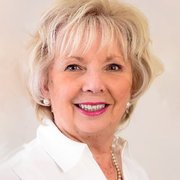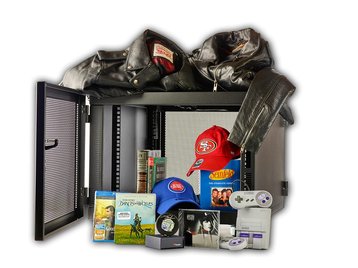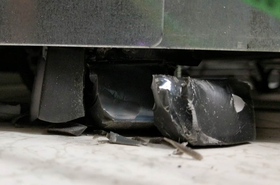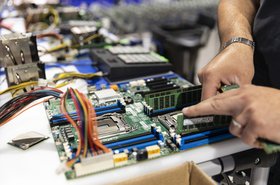A woman in a business dominated by male engineers probably wouldn’t so much as raise an eyebrow these days, but 30 years ago it presented significant challenges, especially when you were trying to establish a foothold in a competitive industry like data center storage racks.
As Gaw Technology marks three decades in business, it seemed an opportune time to look back at how business, indeed the entire industry, has changed since 1990. Then, I was newly widowed and a displaced sales rep for an electronic enclosures company that moved from my home state of New Jersey to Florida. Leveraging existing relationships, I struck out to build a sustainable business to keep the electric on and a roof over our heads. Nonetheless, I needed to take on side jobs at various times as a caterer, commercial cleaner, and sales rep for a fine crystal company to make ends meet.
Know the jargon
Patience and a command of industry jargon were the coins of the realm as I sought to gain credibility in those early sales meetings as a woman surrounded by men. My son, Chuck Gaw, was three years away from joining the business as vice-president, so turning prospects into customers was entirely up to me.
And back then, that was easier than it is today. When Gaw started out, I routinely drove to see prospects, and literally knocked on their doors to get a sit-down with the purchasing manager. On the one hand, that limited business to a drivable radius. On the other, most were happy to take an impromptu meeting if they thought they could improve their electronic enclosures or save money as a result.
Being of a certain age, I really enjoyed that face-to-face contact. I’ve always found it easier to sell yourself when you’re in the room. Today, most business is initiated online; unless you’re referred or have a good contact, it’s far more difficult to find the right person to speak with. We still travel to meet with clients and prospects, but not as frequently as before. And, sadly, nobody will meet with you if you simply knock on the door.
That being said, Gaw and others like us were able to expand our geographic footprint to do business with data centers no matter where they happened to be. Through the 90s, and the early 2000s, we were able to grow the business and expand our product offerings.
Making our own
In 2006, we made the pivotal decision to become a manufacturer. Chuck had to get a second mortgage on his house so we could purchase and staff a sheet metal shop, and it took some time to gain traction in the manufacturing space, but it was the right decision, as we could now feed the supply chain ourselves, and better customize equipment to meet the needs of the customer.
With manufacturing, too, came greater insight into how data center housing has evolved. Not too long ago, we spent hours on the phone, typing in every dimension of a piece of metal by hand. Pages and pages of reference drawings came by fax. Now, everything is designed on a CAD system, then fed to a machine that operates 24x7, lasering and piercing metal components in the flat. Mistakes now are unheard of, tolerances and fit precise. Wet paint yielded to the far preferable powder-coat finish, and zinc-chromate gave way to RoHS-compliant coatings.
With the dot-com bubble of the early 2000s came colocation and further refinements to the cabinets we sold, as units were now pre-segregated to accommodate multiple customers. And circulation became a vital part of our calculus, with hot and cold aisles requiring baffles and other methods of directing airflow to protect the vital components within. Fortunately, we weren’t baffled by these developments.
Gaw Technology evolved along with the industry. Seismic-certified racks became the norm, and where we were once Zone 4-certified to 1,000 pounds, we’re now rated up to 2,500 pounds. As has happened across the industry, video conferencing has supplanted phone calls and even emails to share progress reports with customers, and to ensure projects precisely meet their expectations and hardware needs.
I’m grateful for how far we’ve come in three decades, and that sense of gratitude pervades our business day-to-day. Our employees regularly volunteer to feed those in need, and we support such organizations as the Make-A-Wish Foundation. It’s become ingrained in who we are, and what we do. There have been many, many positive changes, but one thing that’s remained the same 30 years on is that I still love coming to work every day, seeing our employees and speaking with our customers – even if it’s not face-to-face.





